TL Dress Code Controversy
October 22, 2017
The dress code is a heavily controversial topic, and one that is very prevalent in the minds of students, teachers, and administrators alike. The dress code is meant to keep students focused on their schoolwork and to be comfortable in the school environment.
For reference, the Terra Linda Site and San Rafael City Schools District Dress Codes can be found here.
Terra Linda High School’s attendance clerk and dress code aficionado, Vickie Knell, has explained that “a school environment is a place for learning, not for [a person] to be comfortable and/or dressing inappropriately,” that there is a time and place for dressing provocatively, ie. a park or beach. She believes that the dress code “is not to offend you,” but that it serves as an outline for preparedness in school. Teachers such as Eric Schoengart believe that students should dress appropriately for their educations, for example, not wearing hats in class, meaning that they should dress more professionally.
Some Terra Linda teachers believe that the dress code is not theirs to enforce, or that they do not see the effectiveness in its enforcement. Teacher Dave Tow explains that he is “less interested in the dress code, and more interested in what the dress code says about how we treat our students,” seeing the ways that the dress code is “accidentally sexist.” Further, teacher Alex Robins recognizes that teachers are not required to enforce the dress code. He explains that, “as a teacher, there is an insinuation that it is my job to make sure my students are not breaking dress code, and I find that to be difficult because it asks me to do a job that is not in my contract and asks me to use my subjective reasoning on what I believe is following under that code,” meaning that the dress code changes with whoever may be enforcing it and is subjective in that way.
Another issue that comes up when speaking about the dress code is the problem that only some teachers or administrators choose to enforce it. One difference seen between people who choose to enforce it or not seems to have to do with the generation of the teacher. “The way young people dress has always been an issue for older folks… It’s adults telling younger people what’s appropriate and inappropriate” Mr. Tow says. With the vagueness of the written document, it leaves the specifics up for judgment by the enforcer, which inherently causes bias, often changing greatly between those who do enforce it. Even the length of shorts or skirts isn’t specified by the dress code, Ms. Knell explained, which leaves the “appropriate” length up to the person who enforces it.
As part of the equivocal language, the dress code states that PE clothes are not to be worn outside of PE. The problem with this rule is that when students are dress coded, they are given PE clothes to change into. When asked about this, Ms. Knell told us that the reason for this is so people don’t smell bad in class: “If you are in a room that stinks, are you learning?” The rule makes sense, however, it is not worded with clarity.
Though many people believe the dress code to be sexist, it is not written that way. At times, however, it seems to be enforced that way. When speaking on the perceived sexism, Mr. Tow explains that, “our dress code tends to lean on ambiguous language and preconceived ideas about what appropriate dress for gender is… When both men and women show a degree of skin it is usually woman’s skin that is deemed inappropriate.” A lot of the reason for the sexism is that it is much harder for women to find clothes that don’t show too much skin than it is for men. Tow expands on this concept by adding that the dress code is not “aggressively sexist, it’s accidentally sexist.”
Many people continue to believe that girls should be more aware of the ‘sensibility’ of their dress because the boys are incapable of controlling themselves. Some Terra Linda teachers continue to believe this and others do not, Alex Robins reflects on this concept, “I don’t see how someone could be distracted enough by someone’s attire –unless they were naked– enough to do work. I don’t see the visibility of a bra strap as being something that would be distracting enough…” Robins goes on to explain that he believes it is insulting that anyone would think that the boys ‘can’t contain themselves’– that he finds it belittling, and that it puts blame on girls. Other teachers see it differently though. Eric Schoengart sees that, “some of the boys have amazing restraint as what the girls are wearing is provocative,” so does Tina Gonzales, explaining she has worked as a teacher for 26 years and has seen boys be distracted by girls’ dress.
The dress code is not meant to shame those in violation, but sometimes it seems to be enforced this way. “It’s about dressing appropriately, it’s not that I want to shame you,” says Ms. Knell. Many students, women in particular, feel that being more generously built- wider hips, bigger stomachs or chests- affects the freedom in what they can wear. Even teachers have noticed. Mr. Robins explained that many of his students have vented to him about the issue of curvy women being dress coded more frequently than other girls, and definitely more than boys. To these girls, it feels that they are being shamed for their bodies. According to seniors, Michaela O’brien and Georgina Norman, “for girls with bigger features, it’s harder to cover up, or find clothes that fit you right… they’re more of a target… most of the clothes in fashion today are made to fit smaller people, so it’s harder to find clothes that fit correctly so features can be seen more easily without that [intent].”
Tow proposed an alternative to The Voice: a dress code written by and for the students. Mr. McClintock also agreed with this idea, saying that “if kids knew definitively what they could and couldn’t wear… or [didn’t] have to worry through class whether they were going to get dress coded… it would probably be a lot more positive academic experience for them.” The idea of students making the rules of a new dress code might alarm some, but it is much more likely that students would follow the rules if they were the ones writing them.
Many students who feel strongly about the dress code have begun to speak out against it. When Senior, Leticia Ortiz, was dress coded in a manner she felt was unfair, she voiced her opinion to the administration. Ortiz wrote a letter to Ms. Dunlap as well as organized a petition that has gotten more than fifty signatures just from going around classes! Devon Stapleton followed by writing another letter to Ms. Dunlap when she was taken out of class for her clothes. Regarding the issue, Ortiz explained that “there’s nothing wrong with the dress code itself…so in my letter to [Ms. Dunlap]…[I was complaining] about the way they enforce the dress code and to see if they could change the way they enforce it and maybe lay out the rules so we know for a fact know what we can and can’t wear.”
The district and school dress codes both have pros and cons. If you would like to voice your opinion on the TL dress code, please take this survey, voice your opinions to the administration, or read Leticia and Devon’s letters to the administration!



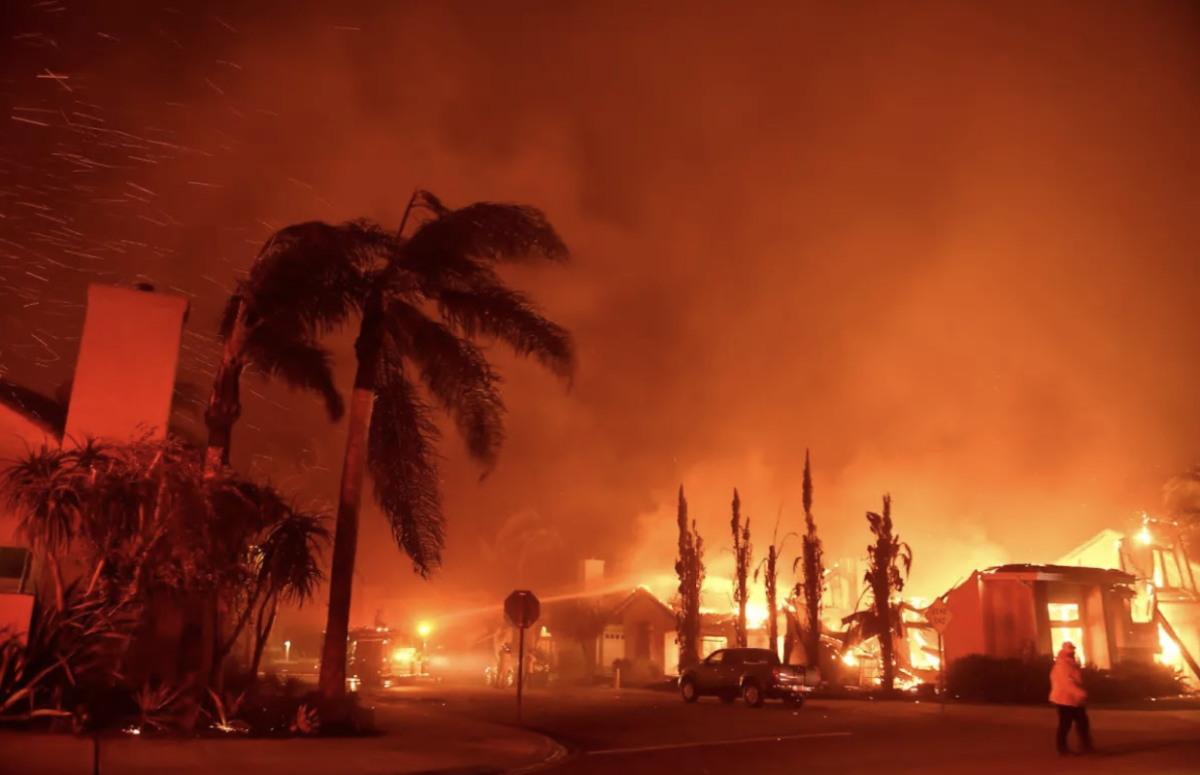

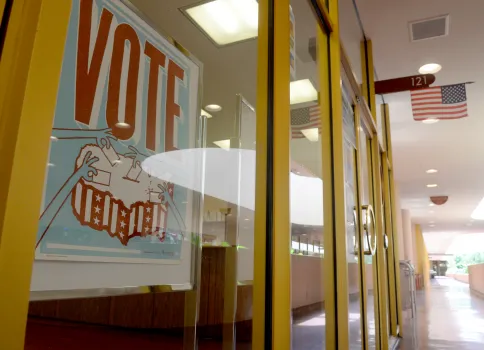


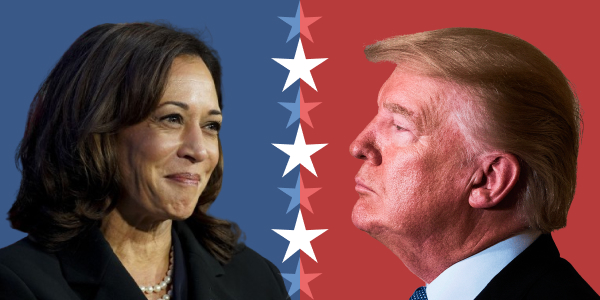

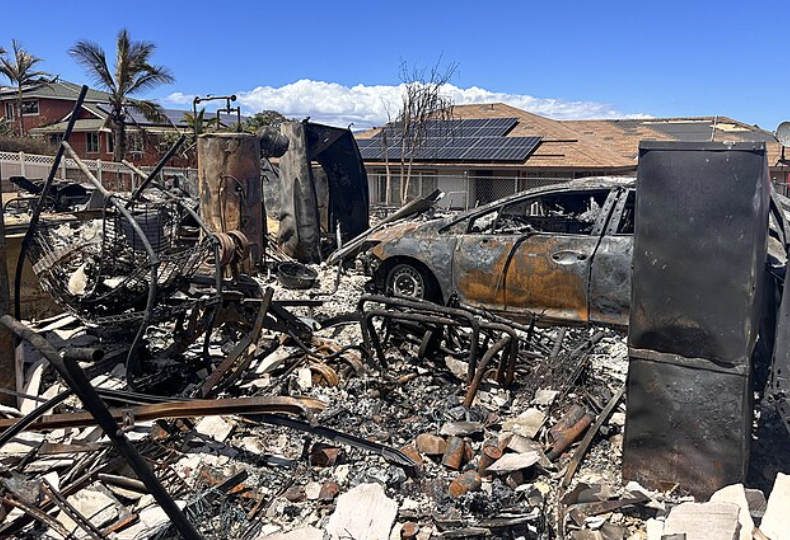
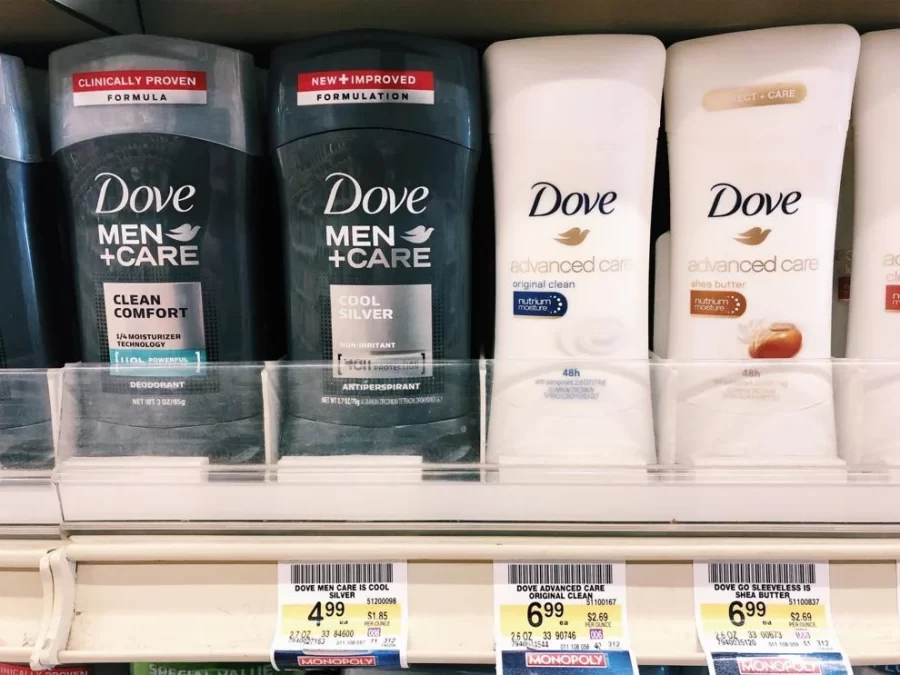





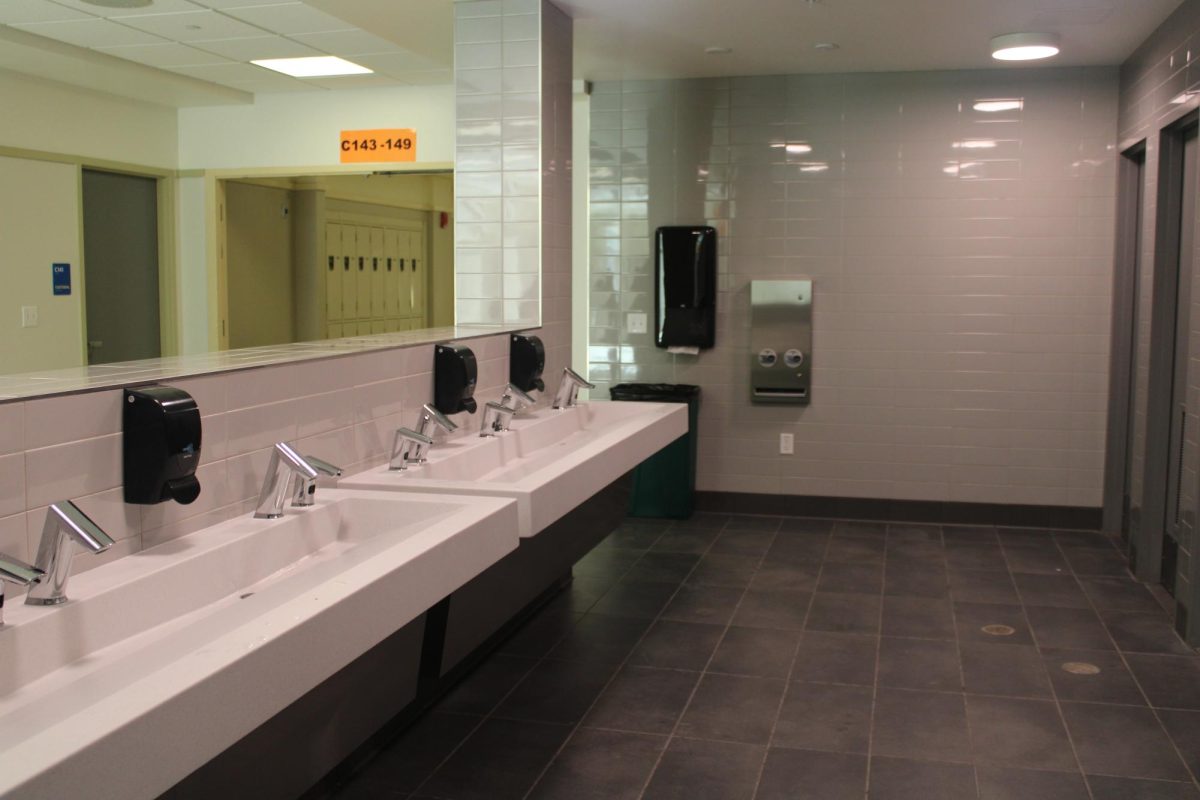






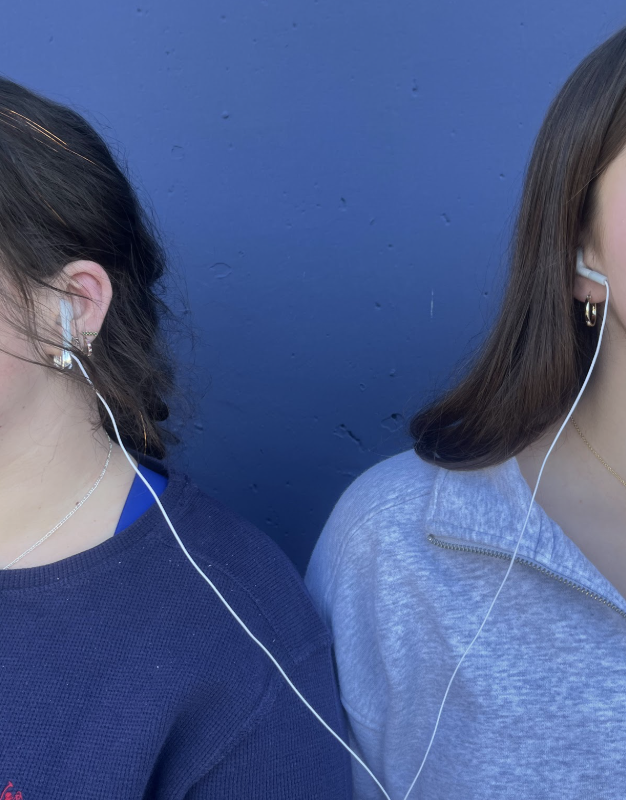

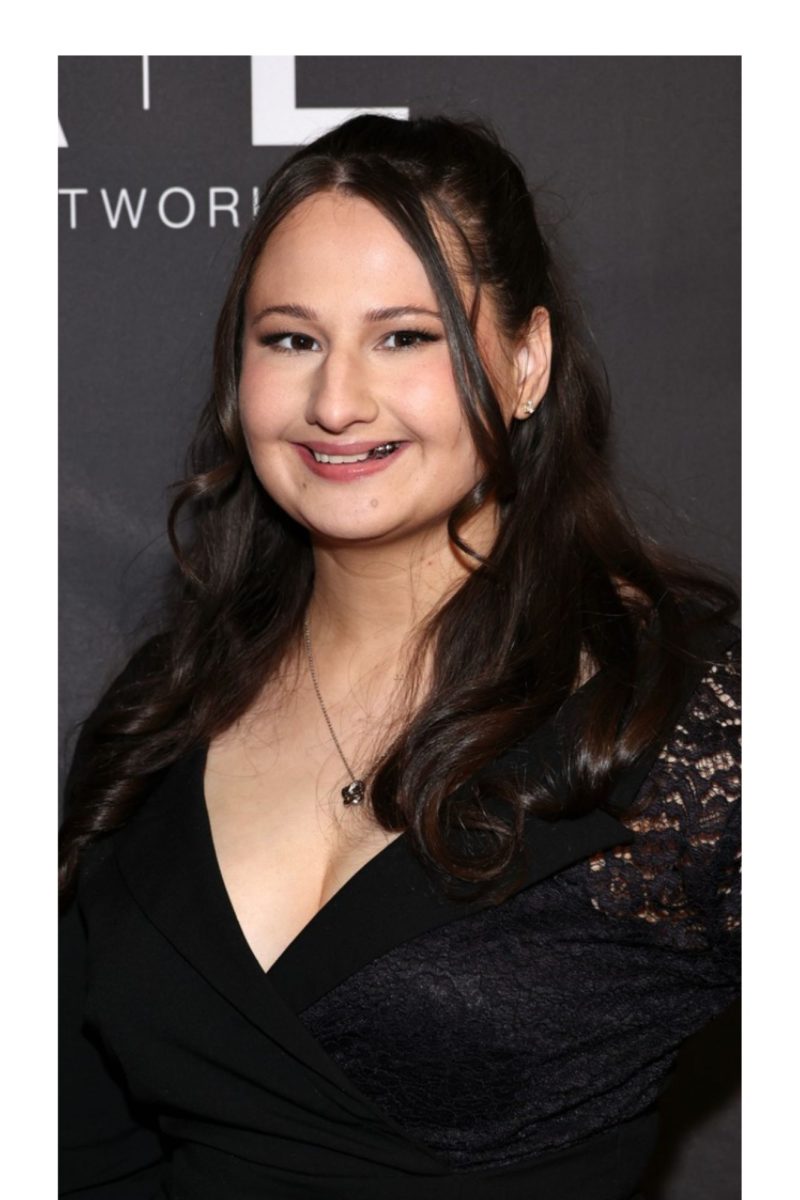









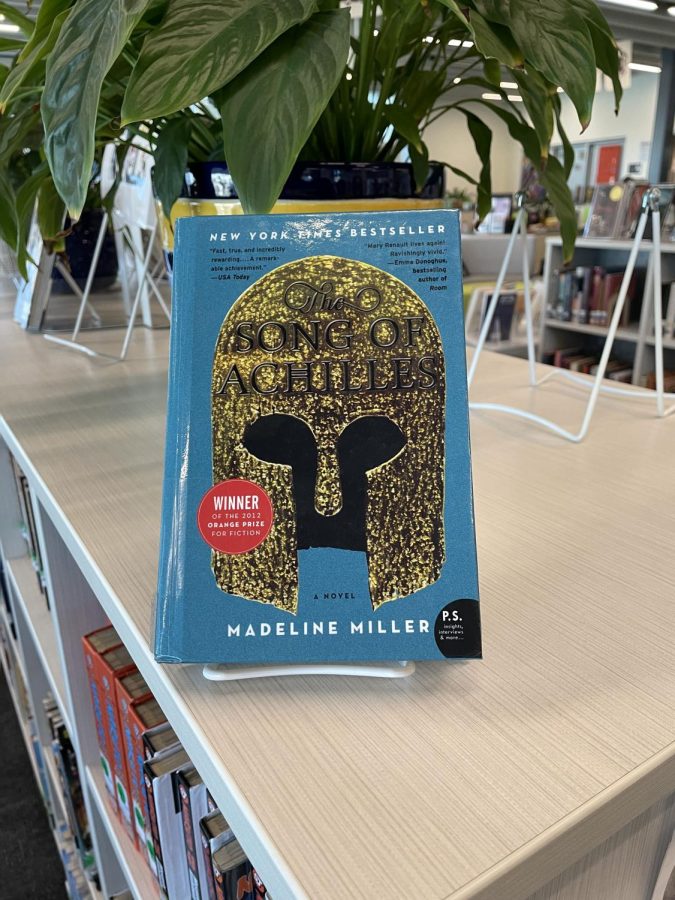
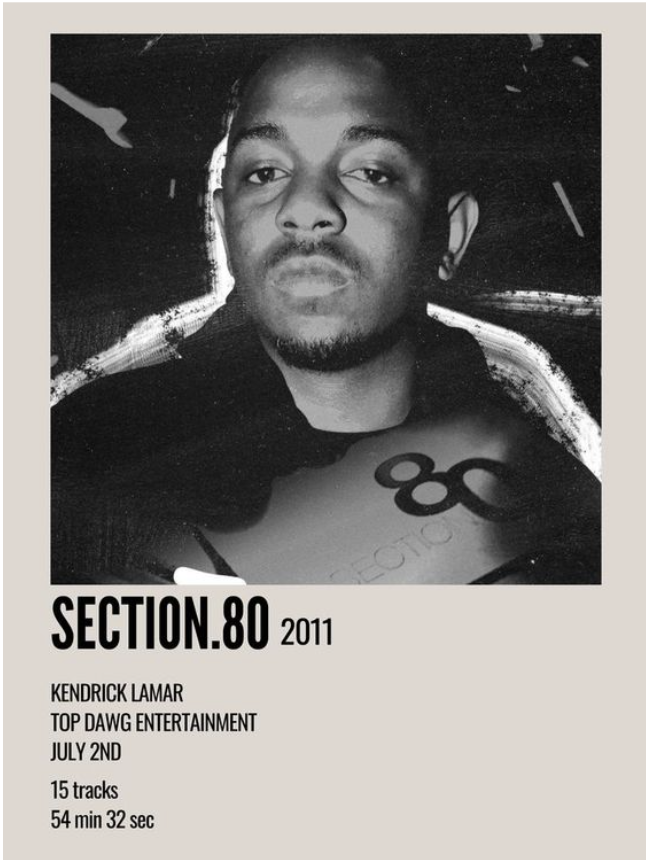


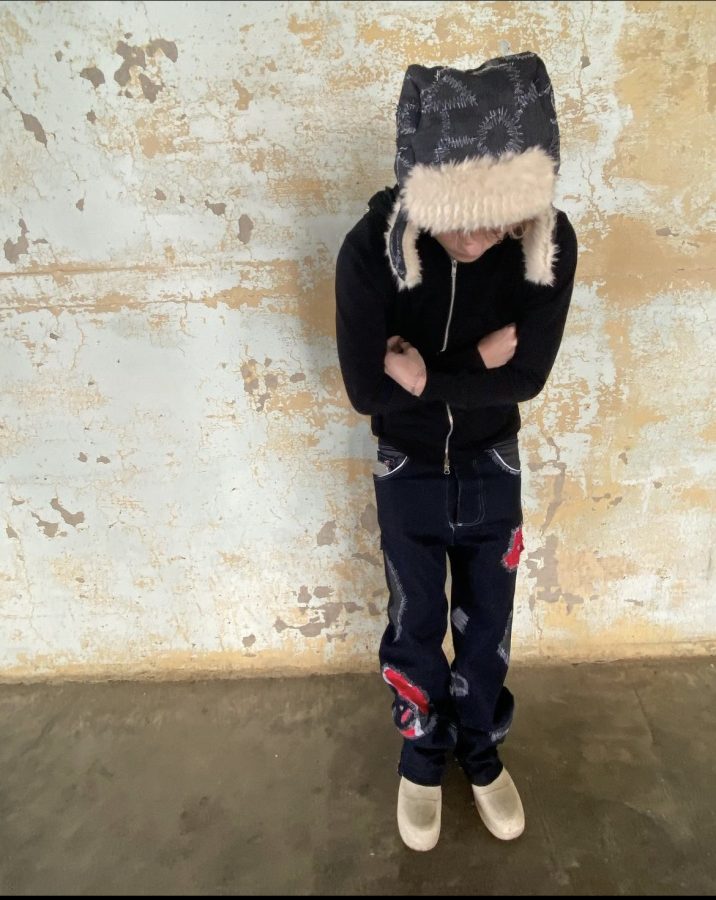










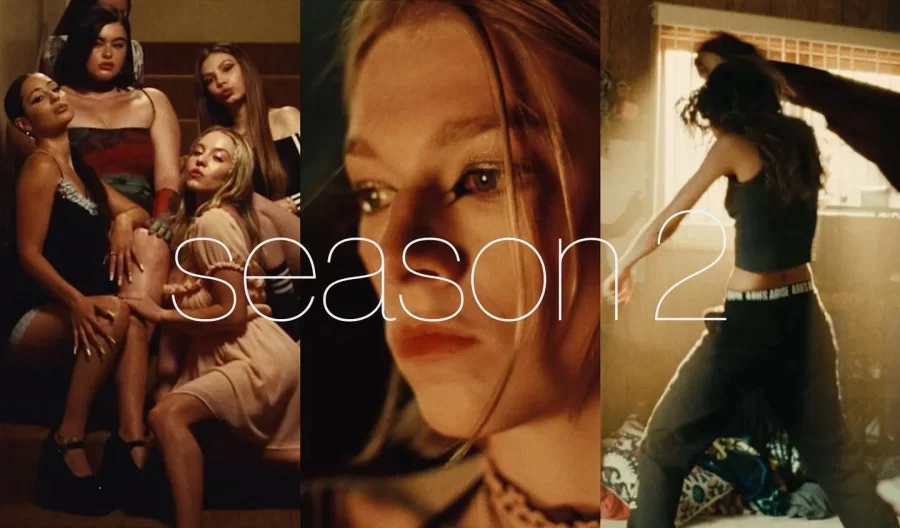

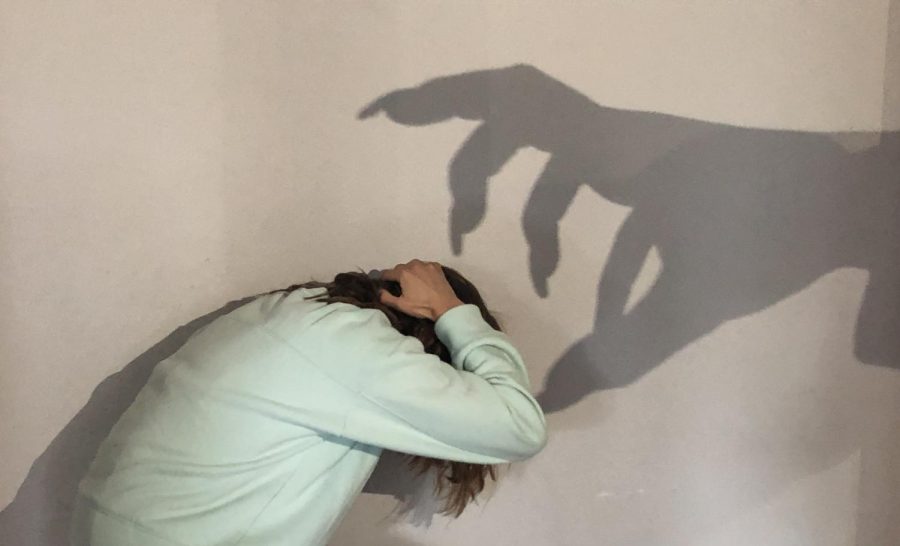







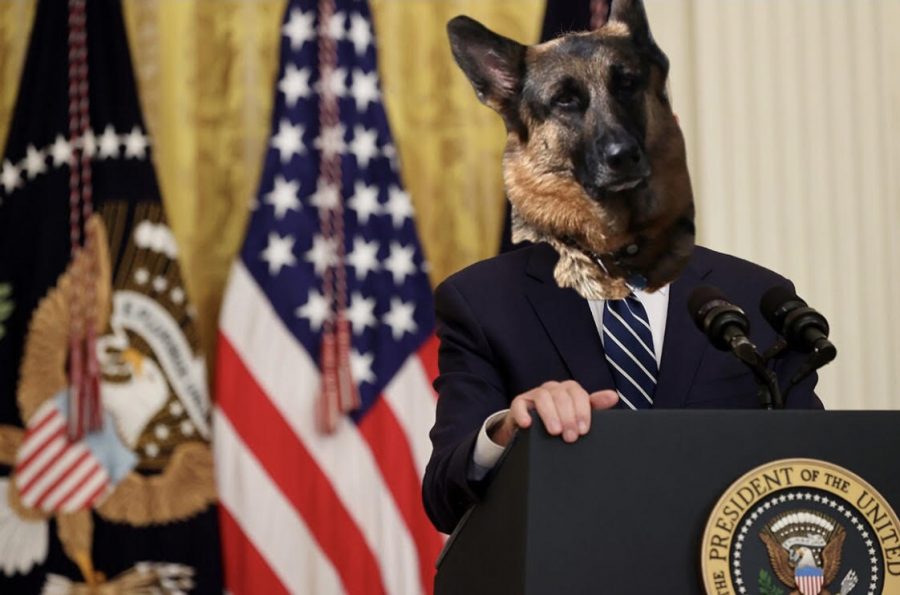

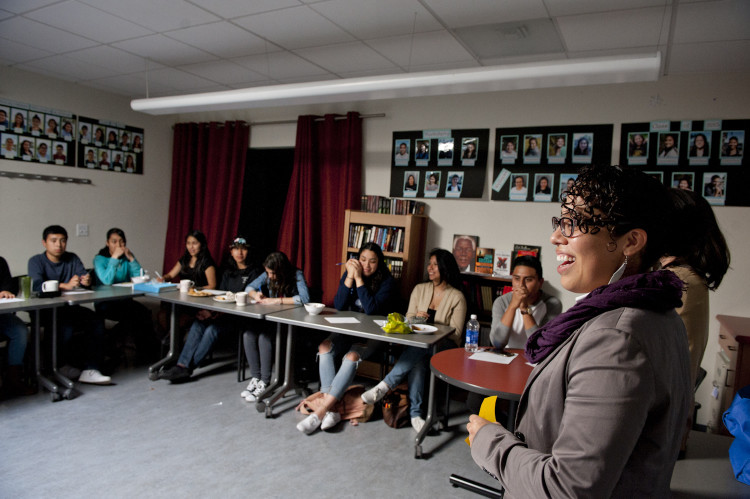




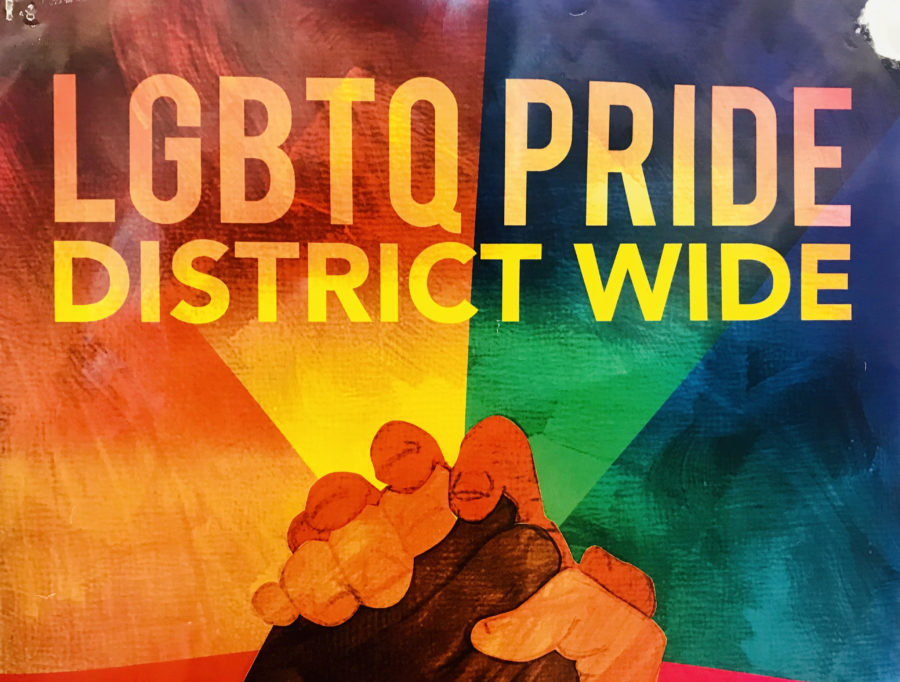



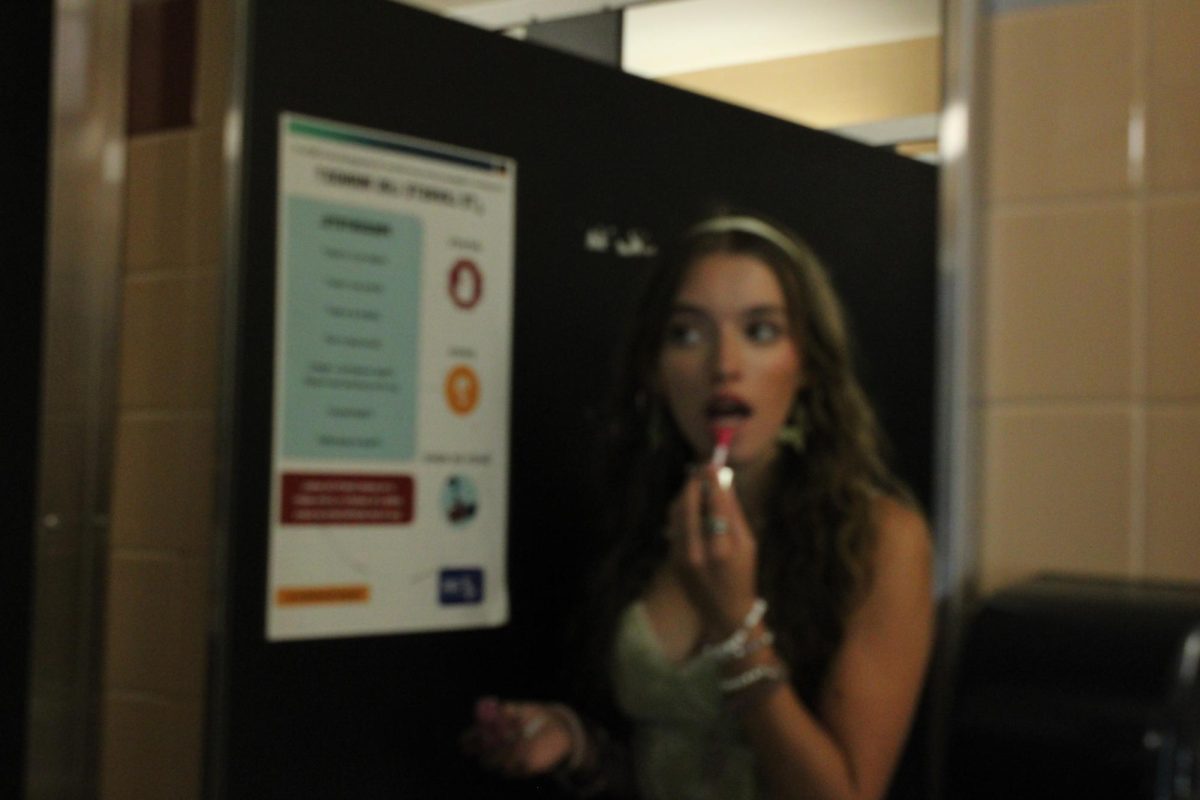
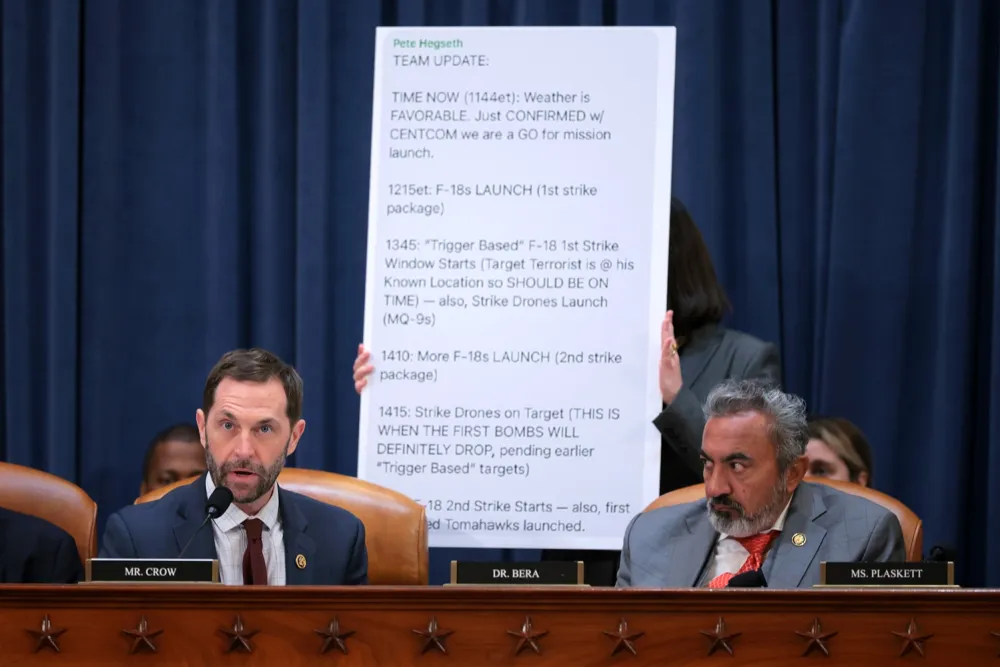






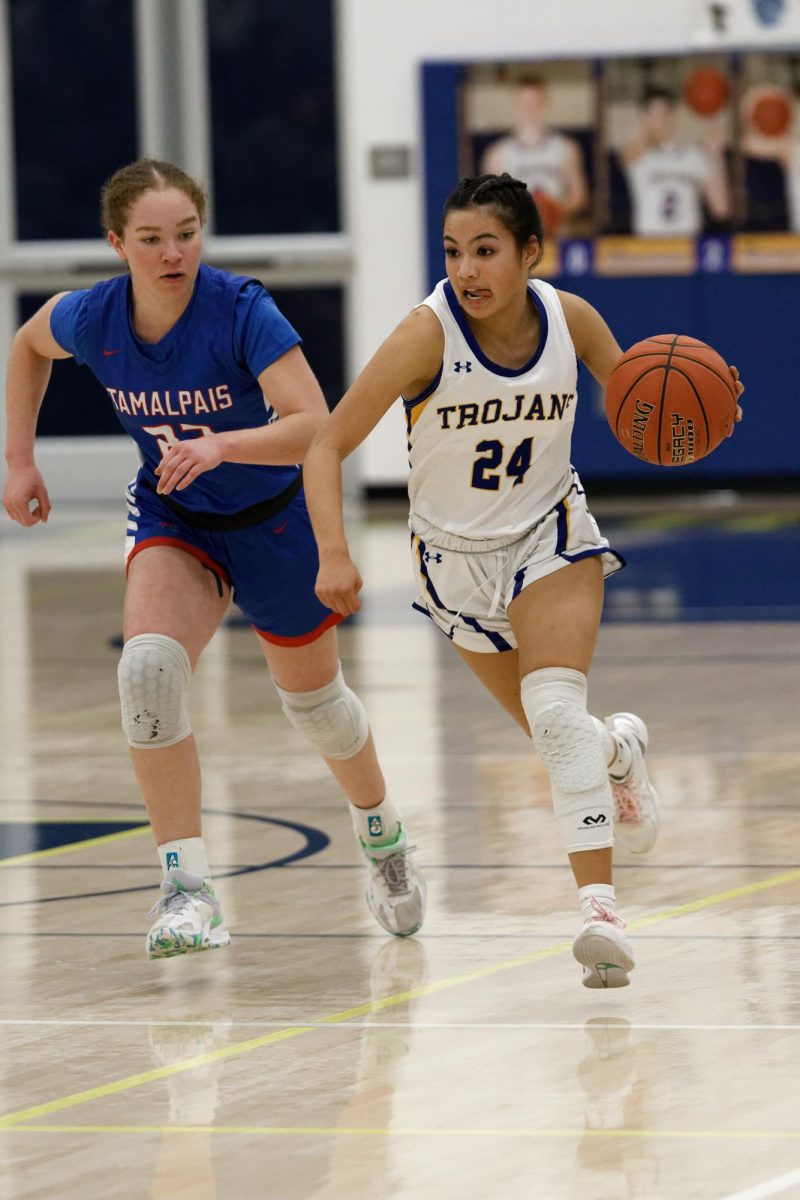
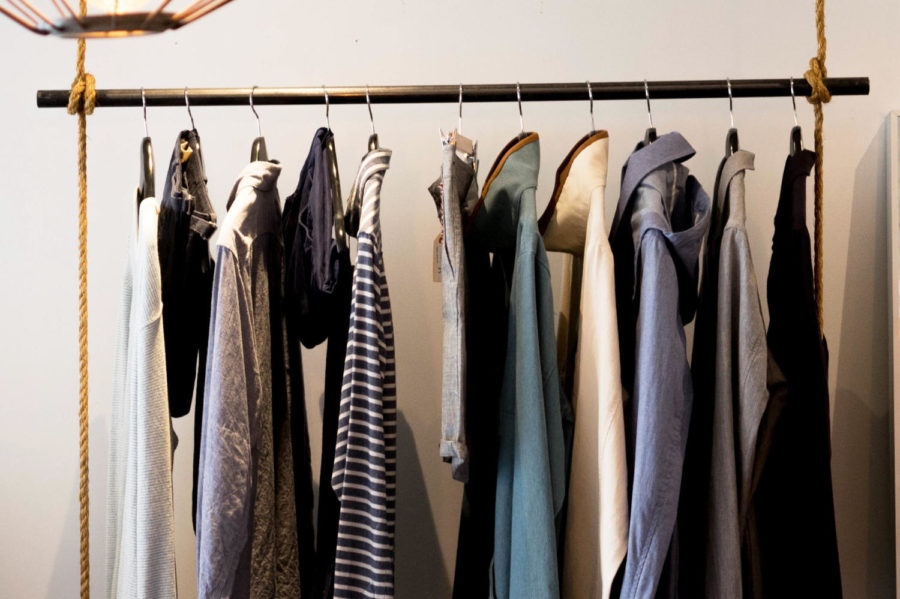

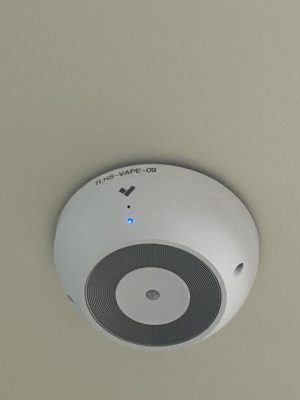


anonymous • Oct 25, 2017 at 1:34 pm
I enjoyed reading your article. You represented both sides very well…